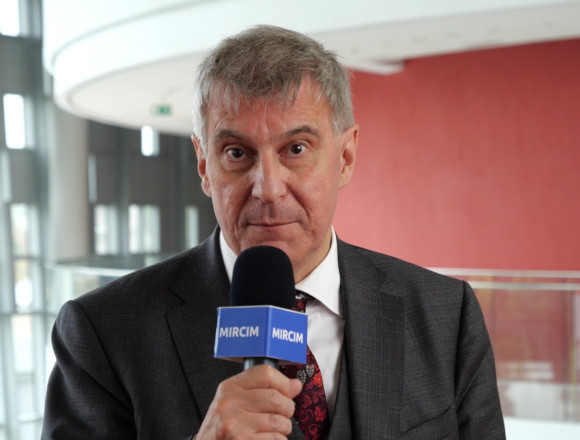Shira Zelber-Sagi, PhD, RD, is a professor and head of the School of Public Health at the University of Haifa, Israel.
What recommendations should be given to patients with nonalcoholic fatty liver disease (NAFLD) to reduce the risk of liver fibrosis?
Reduction of liver fibrosis is the most important thing, because liver fibrosis is a component of NAFLD that is strongly related with increased morbidity and mortality.
There is no certain dietary recommendation to reduce fibrosis. This is no different than the recommendation to reduce steatosis and nonalcoholic steatohepatitis (NASH); this is actually the same. So you would choose the Mediterranean diet [and] eat healthy, unprocessed food.
Reduction of sugar, because we know that sugar and fructose consumption are related [not only] to steatosis but also to fibrosis. So we would put a lot of focus on [that in the context of] fibrosis.
Most probably physical activity would help reduce fibrosis, but we are not sure yet because there are very few randomized trials looking at the reduction of fibrosis following physical activity. However, the current evidence shows very encouraging results, also in terms of physical activity.
So generally, healthy diet, physical activity, and, of course, weight reduction—we need a weight reduction of between 5% to 10% of the initial body weight. This is an evidence-based method for the reduction of fibrosis.
 English
English
 Español
Español
 українська
українська






